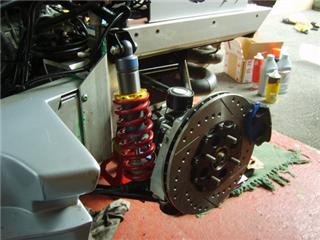Thread Starter
#1
After some discreet arm twisting by 350Z I thought I might as well get on with this review! Only issue is I am really constrained in terms of time having made a move back to India only recently after 18 years in UK. A lot of my time is being spent in setting up home and shuttling between Hyderabad and Mumbai. The Elise is quite unlike any normal road car and I will try to cover various headings in detail such as Exterior and bodywork, Handling, Suspension, Powertrain, etc in more detail. So if the posts are slow in coming please bear with me.
The S1 was acquired many moons ago and came about in the following manner. Having owned owned a BMW 325 sport coupe I thought it was time to move onto something a bit quicker. I drew up some simple guidelines as to what was essential. After a bit of pondering it boiled down to only one thing: I wanted the fastest 0-100 kph accelerating car which I could afford. After much trawling I ended up with a list including a BMW M sport, Subaru Imprezza, Mitsubishi EVO, MGF, Peugeot 305 cabriolet (still laugh when I think that was actually on my list) and the Elise S1.
Given the 0-100 time of the Elise and the reviews it was receiving in the press the choice was made. The next issue was actually trying to get my hands on one considering it was fairly new on the market and there was no dealership in the city I was living in! Also consider the final production figure for the S1 was 14500 only and the total cars remaining today is much lower. Anyway I thought the reviews were good enough and to hell with actually driving or even seeing one before purchase. Decide on the color and get on with it! Silver it was to be with red leather seats. A call was duly placed to the JCT600 Lotus dealership in Leeds about 500 miles away from where I lived who said no problem - can do! Payment completed using a credit card over the phone and JCT dispatched the car off to me on a flatbed trailer!
Car arrived exactly as promised on the date and time it was supposed to reach me without me having actually seen one or driven one in the flesh!! As an aside the integrity and honesty of the British car dealer was unquestionable.
For those of you who are more interested in technical aspects this is a link to how the Elise was designed and built by Lotus: http://m.youtube.com/watch?v=a-TiFKr2yb0




Basic info about the S1
British mid engined, rear wheel drive, open top 2 seater sports car built by Lotus at their plant at Hethel, Norfolk, UK. First conceived in 1994 and launched in 1996.The chassis is made from extruded aluminium and the bodyshell is made from handlaid fibreglass. The Elise was named after Elisa, the granddaughter of Romano Artioli who was chairman of Lotus and Bugatti at the time of the car's launch.
Total numbers produced between 1998-2001: 14500
Total surviving today: guesstimate would be around the 9000 - 10000 mark given the number of crashes (with the engine layout and power available {especially as most S1s get tuned further} it's not the easiest car to drive). Quite easy to lose the backend on bends and roundabouts if driven by inexperienced drivers. But then this a trait of all high powered midengined sports cars!!!
S1 Chassis
A little anecdote to go along with this. In 1995 during my visit to the London Motor Show at Earls Court I came across the bare S1 Chassis and was completely amazed by its design!!! Took a photo of it then and have still got it as a nice momento. At that point I hadn't even had a thought that I would be owning this piece of British design many years later!!
The Elise chassis is a remarkable piece of engineering. It's made from extruded aluminium glued (I believe it is aircraft glue) and riveted together to form an immensly stiff and light weight platform on which to build an open top car. The bare chassis weighs about 70kg and the rivets are only there to prevent peeling in the event of a crash. The chassis is suplied to Lotus complete by Hydro Aluminium.
The chassis is not designed to absorb impact during a crash and repair is a complex and expensive process, often resulting in a write-off if damage is sustained. On newer cars the chassis is sometime replaced but this is a time consuming process. The carbon fibre 'crash box' at the front of the car is designed to protect the chassis and driver in the event of a frontal crash. Trust me, it works very well! Within the various Elise Internet forums you may come across the term, 'chassis job'. This is a humourous (by British standards) reference to the relative ease with which expensive damage can be inflicted on the Elise.
The chassis side rails can get quite warm in the summer, especially on the right hand side. This is due to the pipes that run from the radiator to the engine, along the inside of the side rails.
Some pics. The red or greeny bits are actually the glue Lotus uses to bond the chassis. The last pic is a good view of the carbonfibre front crash structure.
The S1 was acquired many moons ago and came about in the following manner. Having owned owned a BMW 325 sport coupe I thought it was time to move onto something a bit quicker. I drew up some simple guidelines as to what was essential. After a bit of pondering it boiled down to only one thing: I wanted the fastest 0-100 kph accelerating car which I could afford. After much trawling I ended up with a list including a BMW M sport, Subaru Imprezza, Mitsubishi EVO, MGF, Peugeot 305 cabriolet (still laugh when I think that was actually on my list) and the Elise S1.
Given the 0-100 time of the Elise and the reviews it was receiving in the press the choice was made. The next issue was actually trying to get my hands on one considering it was fairly new on the market and there was no dealership in the city I was living in! Also consider the final production figure for the S1 was 14500 only and the total cars remaining today is much lower. Anyway I thought the reviews were good enough and to hell with actually driving or even seeing one before purchase. Decide on the color and get on with it! Silver it was to be with red leather seats. A call was duly placed to the JCT600 Lotus dealership in Leeds about 500 miles away from where I lived who said no problem - can do! Payment completed using a credit card over the phone and JCT dispatched the car off to me on a flatbed trailer!
Car arrived exactly as promised on the date and time it was supposed to reach me without me having actually seen one or driven one in the flesh!! As an aside the integrity and honesty of the British car dealer was unquestionable.
For those of you who are more interested in technical aspects this is a link to how the Elise was designed and built by Lotus: http://m.youtube.com/watch?v=a-TiFKr2yb0




Basic info about the S1
British mid engined, rear wheel drive, open top 2 seater sports car built by Lotus at their plant at Hethel, Norfolk, UK. First conceived in 1994 and launched in 1996.The chassis is made from extruded aluminium and the bodyshell is made from handlaid fibreglass. The Elise was named after Elisa, the granddaughter of Romano Artioli who was chairman of Lotus and Bugatti at the time of the car's launch.
Total numbers produced between 1998-2001: 14500
Total surviving today: guesstimate would be around the 9000 - 10000 mark given the number of crashes (with the engine layout and power available {especially as most S1s get tuned further} it's not the easiest car to drive). Quite easy to lose the backend on bends and roundabouts if driven by inexperienced drivers. But then this a trait of all high powered midengined sports cars!!!
S1 Chassis
A little anecdote to go along with this. In 1995 during my visit to the London Motor Show at Earls Court I came across the bare S1 Chassis and was completely amazed by its design!!! Took a photo of it then and have still got it as a nice momento. At that point I hadn't even had a thought that I would be owning this piece of British design many years later!!
The Elise chassis is a remarkable piece of engineering. It's made from extruded aluminium glued (I believe it is aircraft glue) and riveted together to form an immensly stiff and light weight platform on which to build an open top car. The bare chassis weighs about 70kg and the rivets are only there to prevent peeling in the event of a crash. The chassis is suplied to Lotus complete by Hydro Aluminium.
The chassis is not designed to absorb impact during a crash and repair is a complex and expensive process, often resulting in a write-off if damage is sustained. On newer cars the chassis is sometime replaced but this is a time consuming process. The carbon fibre 'crash box' at the front of the car is designed to protect the chassis and driver in the event of a frontal crash. Trust me, it works very well! Within the various Elise Internet forums you may come across the term, 'chassis job'. This is a humourous (by British standards) reference to the relative ease with which expensive damage can be inflicted on the Elise.
The chassis side rails can get quite warm in the summer, especially on the right hand side. This is due to the pipes that run from the radiator to the engine, along the inside of the side rails.
Some pics. The red or greeny bits are actually the glue Lotus uses to bond the chassis. The last pic is a good view of the carbonfibre front crash structure.
Attachments
-
88.7 KB Views: 962
-
28.4 KB Views: 1,398
-
22.8 KB Views: 2,141
-
17.4 KB Views: 1,674
-
29.8 KB Views: 1,286
-
21.1 KB Views: 1,269
-
82.1 KB Views: 1,276
-
76 KB Views: 1,568
Last edited:



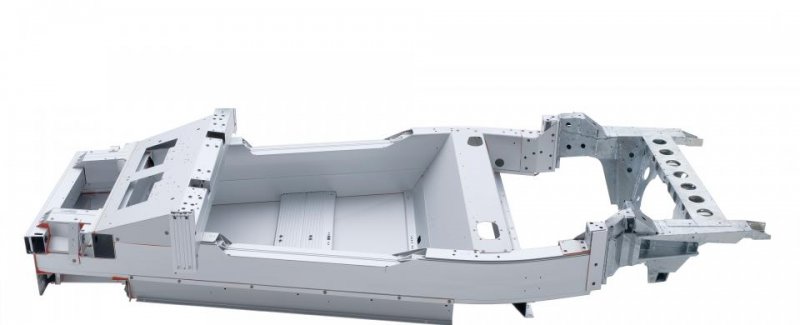




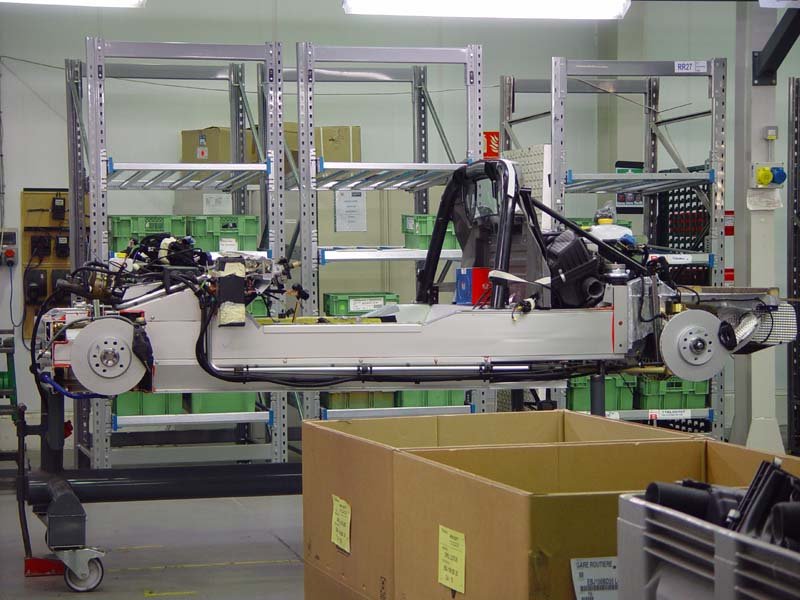
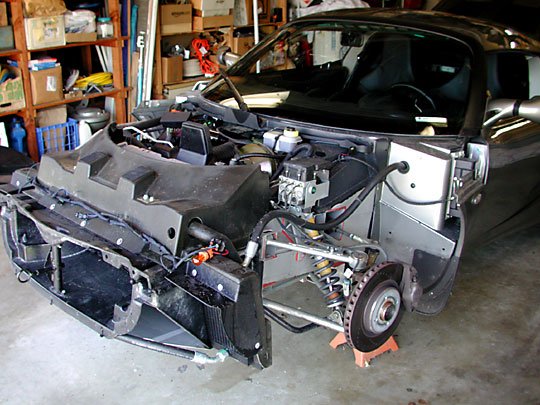
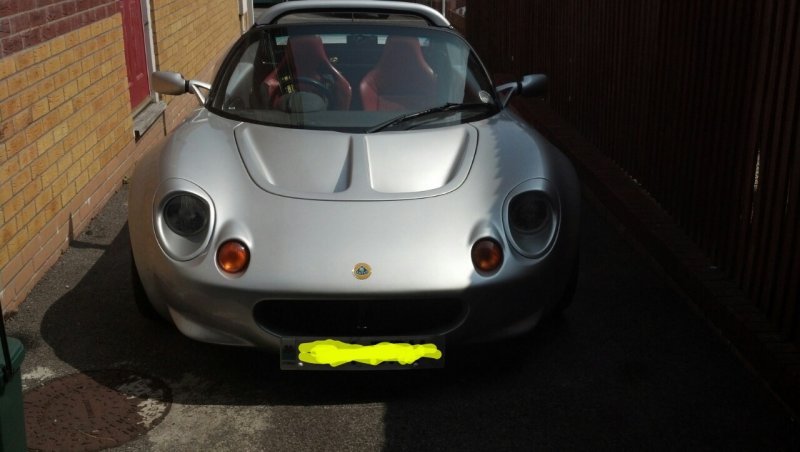

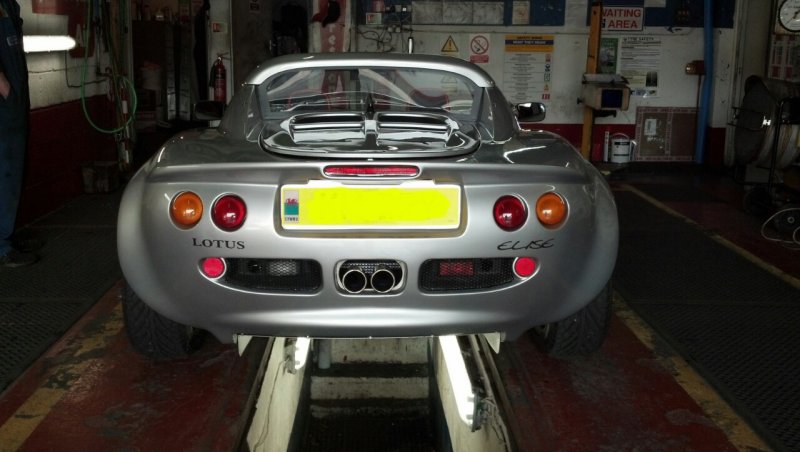

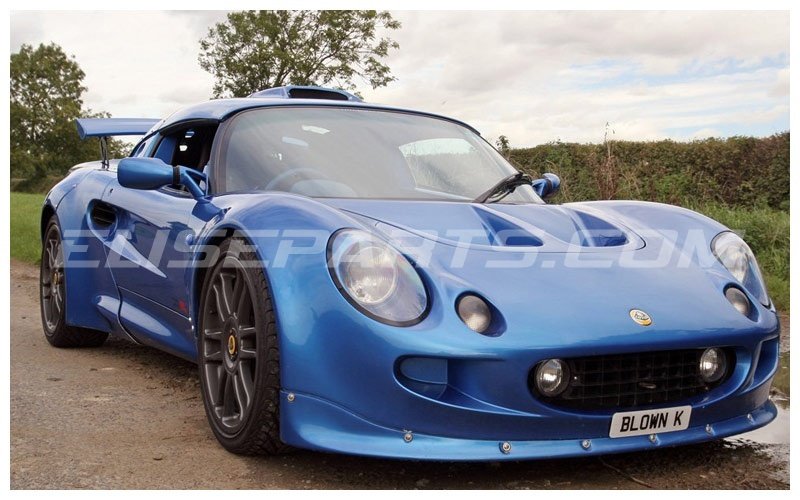

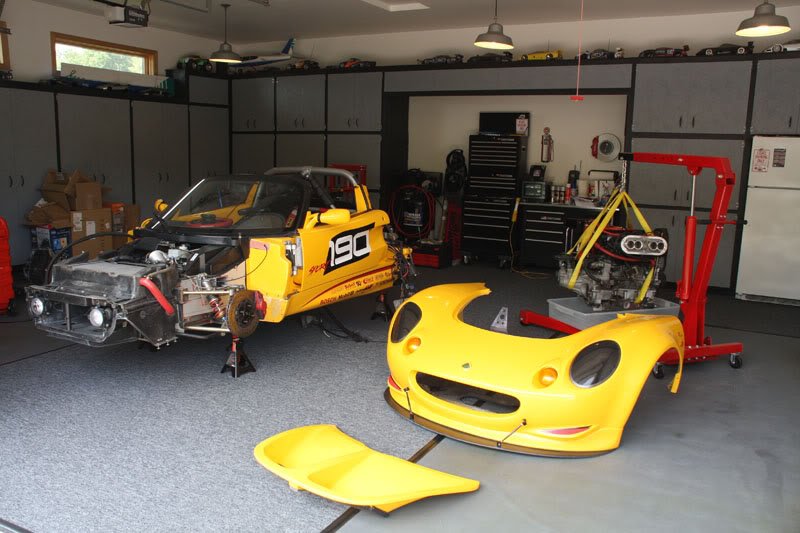




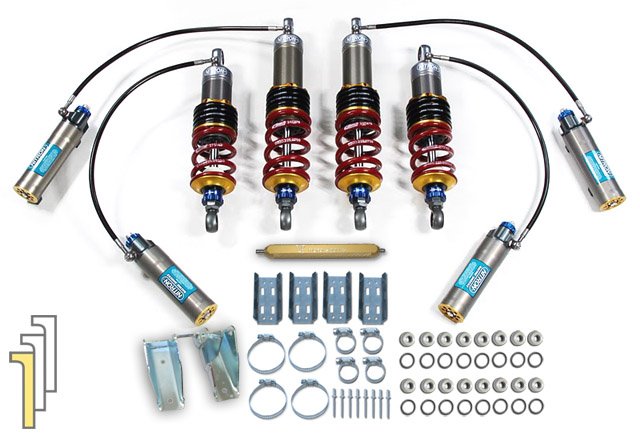


![Big Smile [:D] [:D]](https://www.theautomotiveindia.com/forums/images/smilies/Big%20Smile.gif) . These are coupled with a fully adjustable anti-roll bar at the front and fully adjustable toe-links at the rear. Both front and rear are independently adjustable for bump steer.
. These are coupled with a fully adjustable anti-roll bar at the front and fully adjustable toe-links at the rear. Both front and rear are independently adjustable for bump steer.
